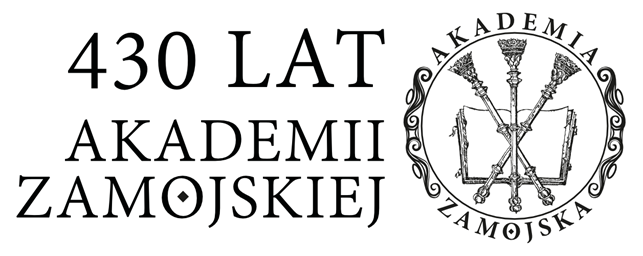The Influence of the Economy Innovativeness Level on the Standard of Living of Inhabitants of the European Union Countries
Aldona Migała-Warchoł
Marek Sobolewski
Abstract
In the year 2000 in the Lisbon Strategy the European Union has tried to “decode” innovation, which was to be the main panacea for the economic and social crises of the 21st century. However, the new “Europe 2020” Strategy has relinquished the emphasis on “innovation for innovation,” trying to link the modernization of the economy to the social effects. In this context, it seems reasonable to examine the dependence of the selected measures of living standards of inhabitants on the level of economic innovation within the European Union. This is the main purpose of this article. The analysis included data based on the innovation rates of the economies of the EU Member States in 2015 and selected characteristics reflecting some aspects of the living standards of the population over the same period. The calculations also included a breakdown of the geopolitical situation before 1989, because despite the over 25 years, the level of development of post-communist states is still lower than that of the other European countries. The basic statistical method, which was used to analyze data is the Spearman rank correlation. From the obtained results we can draw conclusions with at most the average correlation between the innovation rates and the level of living of the EU citizens. The analyzed relationships were clearly weaker in the post-communist countries.
Keywords:
innovation, European Union, standard of livingDetails
References
Statistics
Authors
Citation rules
Licence

This work is licensed under a Creative Commons Attribution-NonCommercial-NoDerivatives 4.0 International License.


 English
English
 Język Polski
Język Polski




